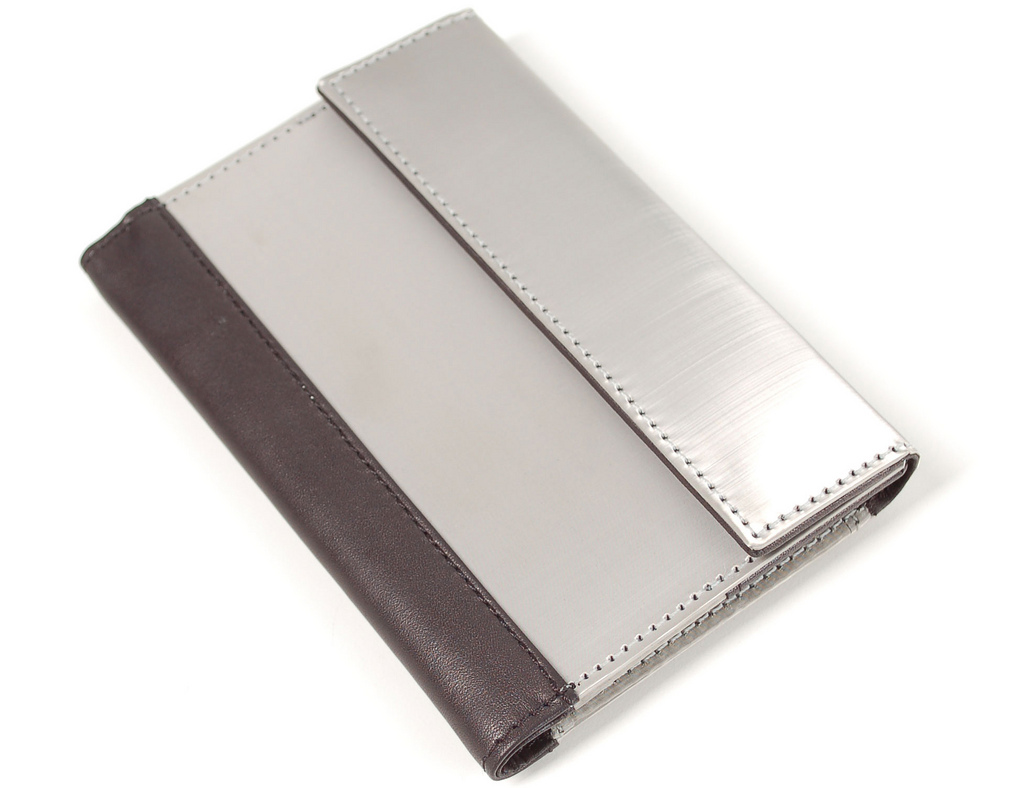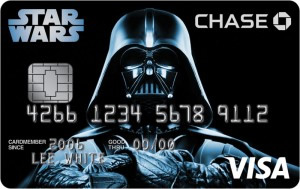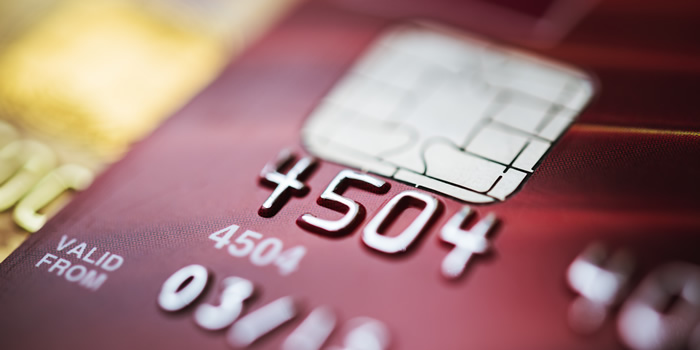
You may have seen those ads on TV – the ones where the suspicious-looking character with the hand-held device sneaks past the unsuspecting pedestrian. In just the blink of an eye — voila! The victim’s complete credit card information has been stolen by the sneaky, device-wielding thief.
Unfortunately, this isn’t merely a worst-case scenario dreamed up by an over-imaginative marketing department; it’s urban fact. Thanks to modern technology, a criminal can steal your identity by simply walking past you and recording your credit card information, using a hand-held electronic card reader that anyone can purchase for less than $100. This device has the capability to instantly skim information from the radio frequency identity (RFID) chip imbedded in your credit cards. Your credit card information will then be displayed on a computer that’s equipped with a magnetic strip-writing device, which can be used to counterfeit a new card.
RFID Cards: Are They Safe?
According to a 2012 study from the US Department of Justice, 85 percent of identity theft incidents concern the misuse and theft of bank account or credit card information. With this level of threat, are RFID-enabled cards really safe to use?
According to credit card companies, an RFID-enabled card is actually much more secure than a card that stores data on its magnetic stripe (or “magstripe”). Although an RFI-enabled card still has its magstripe, it’s configured so that, thanks to the RFID chip, it never has to leave the consumer’s hand during a purchase. Plus, an RFID chip generates a brand new electronic CVV – that mysterious identity number on the back of the card — for every purchase made in person, and activates a unique three-digit security code for every transaction as well.
RFID Wallets: Are They Effective?
According to a recent report by Forbes, more than 100 million credit cards worldwide are RFID-enabled. Since RFID cards are here to stay, tech developers have come up with an ingenious way to protect them: RIFD-blocking wallets. These have a thin shield made of fabric that’s infused with stainless steel fibers to protect the RFID chip from getting skimmed.
It sounds like a great solution, but do RFID wallets really work?
According to a recent Consumer Reports survey, a team from the security firm Recursion Ventures tested 10 different wallets with RFID-blocking shields. The results showed that none of the wallets completely blocked the shields. In addition, the overall effectiveness varied greatly between the different wallet brands.
As a further test, a Consumer Reports reporter constructed a homemade shield made of duct tape and aluminum foil. The homemade shield actually provided more protection than eight of the commercially-made wallets. This result, however, comes as no surprise to those of us who already knew that duct tape can be used to solve just about all of life’s engineering problems.
The good news is that, since the Consumer Reports test in 2011, more companies have jumped on the RFID-blocking bandwagon by producing high-grade wallets, made of a combination of leather and steel fibers. Since metal deflects the skimming device by blocking the signal, then the best wallets, at least theoretically, have a denser, thicker shield with optimum steel content.
In the meantime, however, savvy consumers have come up with their own ways to block RFID skimming without having to invest $40-$100 on a high-tech wallet. One popular low-tech solution is to construct a wallet (of sorts) out of Altoids tins, which can easily carry a number of credit cards. As another low-cost solution, you can simply ask your bank or lender if they can issue you a card that isn’t RFID-enabled; but on the downside, you’ll miss out on the security benefits, as well as the convenience, of RFID technology.
As more consumers are becoming aware of RFID skimming, more companies are producing new-and-improved RFID-blocking wallets. In the meantime, if you’d rather wait before you invest in one, there’s always that roll of duct tape in the closet.
Photo Credit: adafruit via Flickr




